Ur, Iraq
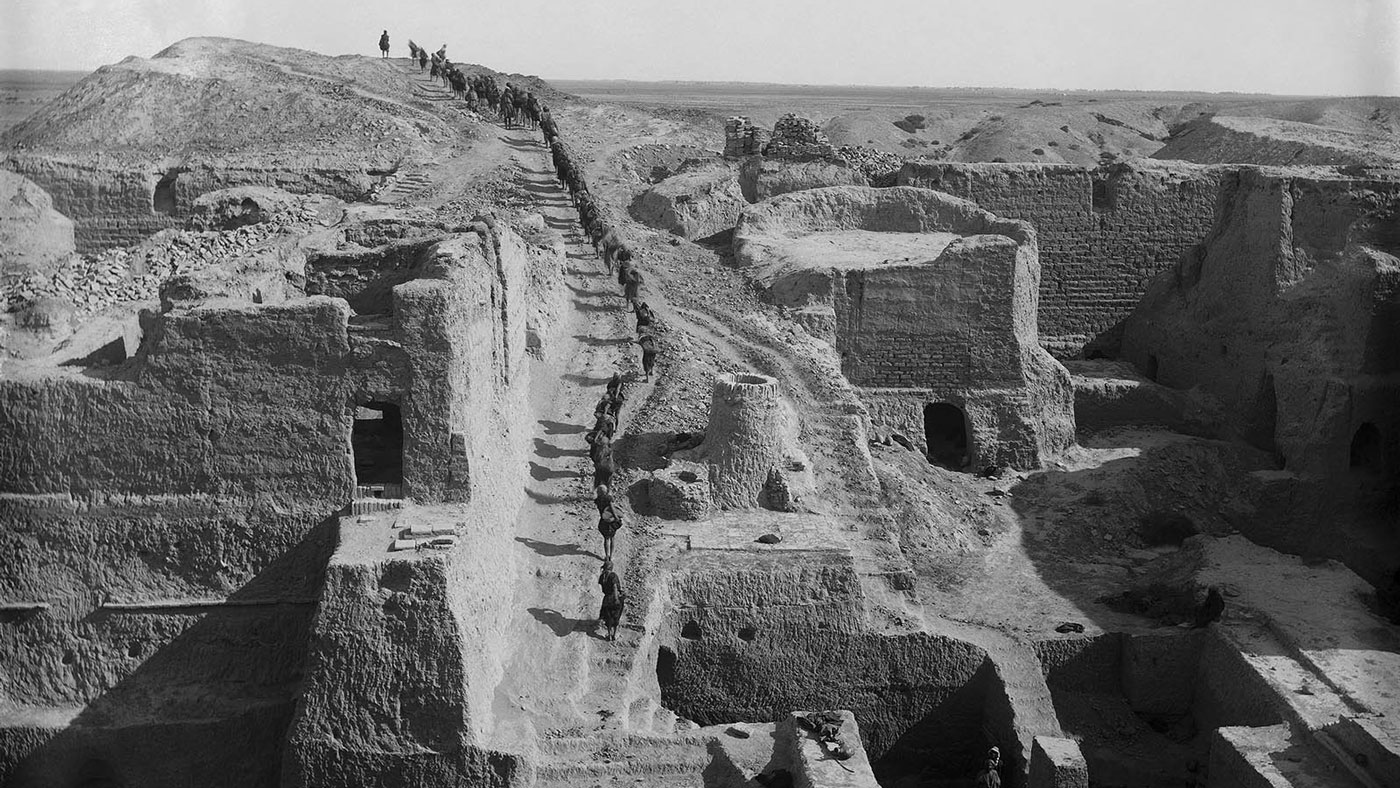
Located in southern Iraq, near the former northern limits of the Persian Gulf, Ur was one of the most famous archaeological excavations—along with Tutankhamun’s tomb in Egypt—during the early 20th century. Frequently described in the popular press, the work at Ur brought the magic of archaeology to life, particularly by tying the discoveries into familiar biblical stories. Between 1922 and 1934, the Joint Expedition of the British Museum and the Penn Museum was directed by C. Leonard Woolley and uncovered some of the most well-known and celebrated art from ancient Mesopotamia. These finds were divided between the two partner institutions (25% each) and the Baghdad Museum in Iraq (50%).
- Object[510]
- yes[510]
- yes[510]
- babylonian[10]
- near eastern[500]
- 3D Model[2]
- adze[3]
- amulet[7]
- animal figurine[4]
- applique[17]
- axe[6]
- basin (vessel)[1]
- bead[8]
- beads[4]
- belt[1]
- blade[1]
- bottle[1]
- bowl[30]
- bowl fragment[1]
- bracelet[4]
- brick[7]
- brim[1]
- bull head[1]
- cape (clothing)[87]
- cast[1]
- chain[1]
- chisel[4]
- cone[1]
- cosmetic box[3]
- cosmetic box lid[1]
- cosmetic container[1]
- cosmetic kit[1]
- cosmetic shell[3]
- cup[2]
- cylinder[1]
- cylinder seal[26]
- cylinder seal impression[1]
- dagger[1]
- diadem[74]
- dish[1]
- drinking tube[1]
- duck weight[4]
- earring[9]
- figurine[11]
- figurine mold[1]
- fillet[1]
- finger ring[5]
- foundation figure[1]
- foundation tablet[1]
- frontlet[1]
- furniture fragment[4]
- furniture model[1]
- game piece[3]
- gameboard[1]
- garment pin[3]
- garter[1]
- hair comb[1]
- hair pin[1]
- hair ribbon[1]
- hair ring[1]
- hairring[4]
- holder[1]
- horse gear[1]
- human figurine[1]
- human statuette[1]
- incense burner[1]
- ingot[1]
- inlay[3]
- jar[17]
- jar stand[1]
- jar stopper[1]
- jewelry[1]
- jug[1]
- knife[1]
- knife handle[1]
- lamp[1]
- lyre[3]
- lyre fragment[2]
- mace[1]
- macehead[4]
- model[4]
- ornament[4]
- ostrich egg[2]
- pendant[53]
- pigment[2]
- pin[2]
- pouring vessel[2]
- relief[4]
- scale pan[2]
- sealing[26]
- sickle[2]
- spear[2]
- spear butt[2]
- spearhead[4]
- spouted bowl[2]
- spouted jar[2]
- statue[3]
- statuette[4]
- string of beads[100]
- tablet[4]
- trial piece[2]
- tumbler[5]
- vase[4]
- vessel fragment[6]
- weight[3]
- wreath[4]
- agade[1]
- akkadian[2]
- assyrian[1]
- cassite[1]
- early dynastic i[7]
- early dynastic ii[6]
- early dynastic iii[147]
- early dynastic iiib[9]
- early old babylonian period[6]
- isin[1]
- isin-larsa[1]
- jemdet nasr[1]
- jemdet nasr period[1]
- kassite[2]
- kassite period[1]
- middle babylonian period[1]
- neo-babylonian[1]
- old akkadian period[2]
- old babylonian period[3]
- persian period[1]
- pre ur iii[1]
- pre-flood[3]
- sargonic[1]
- sargonid[1]
- ubaid period[5]
- ur i[1]
- ur ii[1]
- ur iii[14]
- 3 metres down, p.g.[1]
- 7-8m loose in cemetery pgs[1]
- a.h. above house 24[1]
- a.h., sanctuary of carfax chapel, floor level[1]
- a.h., wayside chapel[1]
- diqdiqqeh[1]
- early dynastic iii, c. 2500 (royal cemetery)[1]
- from a grave of persian time.[1]
- g 34, a.h.[2]
- grave pg 800[1]
- house 30/c below floor level, in filling above bur-sin s.e. annex room 8. b.c.[1]
- museum tablet room, house 3, a.h.[1]
- over pump house, a.h.[1]
- p g 1932, house level rubbish[1]
- p.g. 1068?[1]
- pd. foundation deposit.[1]
- persian [?][1]
- pfg/z[1]
- pft, c 4, level-870[1]
- pft, pfg/ss[1]
- pft. d 6 - 900[1]
- pg 1054[1]
- pg 1054, chest of central figure in domed chamber[1]
- pg 1054b case 34, tray 3[1]
- pg 1100[1]
- pg 1130[1]
- pg 1133[1]
- pg 1237[2]
- pg 1237/16[1]
- pg 1237/8[1]
- pg 1253[1]
- pg 1284[1]
- pg 1311[1]
- pg 1321[1]
- pg 1332[2]
- pg 1520[1]
- pg 1637[1]
- pg 1687[1]
- pg 975[1]
- pg larsa rubbish[1]
- pg/537 was later found to be part of pg/580.[1]
- preflood and low lying strata.[1]
- room i, house 3, a.h.[2]
- room i, house 3, a.h.?[1]
- account[1]
- animals[1]
- antelope[2]
- antelope head?[1]
- ants[1]
- ass?[1]
- attendant[1]
- banquet[1]
- basket[2]
- bed[1]
- beech leaf[1]
- beer[1]
- bird[1]
- boat[2]
- boatman[1]
- bread[1]
- bull[9]
- bull head[3]
- bull leg[2]
- bull?[1]
- camel[1]
- chariot[4]
- child[3]
- club[1]
- cockle shell[1]
- crescent[1]
- date palm[12]
- demon head[1]
- dog[1]
- dragon[2]
- eagle[3]
- enanatumma[1]
- enheduanna[1]
- female figure[1]
- female head[1]
- fish[1]
- flower[17]
- fly[2]
- frog[1]
- fruit[17]
- gateway[1]
- gilgamesh[1]
- gilgamesh?[1]
- goat[4]
- god[2]
- goddess[3]
- groom[1]
- hero[2]
- horse[1]
- human[2]
- human figure[2]
- hut[1]
- inscription[1]
- intaglio[1]
- introduction[1]
- inventory[1]
- jar[1]
- jaw[1]
- king[1]
- leaves[17]
- lion[5]
- lion head[1]
- man[4]
- monkey[1]
- moon god?[1]
- mother[1]
- ningal[2]
- noah?[1]
- nude[2]
- nude woman[2]
- ostrich egg[1]
- pazuzu head[1]
- pictograph[1]
- plant[1]
- pot[1]
- priestess[1]
- ram[6]
- ram head[1]
- rider[1]
- rosette[22]
- rug beater[15]
- scorpion[1]
- seated figure[1]
- seated goddess[1]
- seated woman[1]
- sheep[1]
- shell[2]
- shepherd god[1]
- spider[2]
- stag[2]
- standing figure[2]
- standing god[1]
- star[2]
- symposium[1]
- tree[1]
- wheat stalk[6]
- wheel[1]
- woman[5]
- sumerian[1]
- sumerian language[23]
- agate[21]
- alabaster[18]
- basalt[2]
- bitumen[36]
- bronze[25]
- calcite[8]
- carnelian[78]
- ceramic[27]
- chlorite[1]
- clay[13]
- conch shell[1]
- copper[28]
- copper alloy[8]
- diorite[10]
- electrum[6]
- frit[3]
- glass[1]
- gold[179]
- gypsum[1]
- hematite[2]
- ivory[1]
- jadeite[4]
- jasper[1]
- lapis lazuli[123]
- lead[1]
- limestone[11]
- marble (stone)[7]
- mollusk shell[1]
- ostrich egg[1]
- ostrich egg shell[1]
- paint[7]
- paste[2]
- pigment[3]
- plaster[2]
- porphyry[2]
- quartz[1]
- reed (plant)[1]
- sandstone[1]
- sard[1]
- shell[20]
- silver[51]
- soapstone[3]
- steatite[3]
- stone[4]
- terracotta[53]
- travertine[1]
- wood[3]
- actual citation[289]
- general reference[1]
1 - 30 of 510 Records
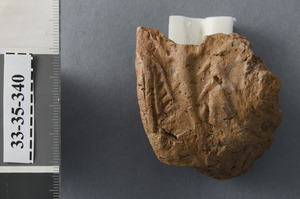
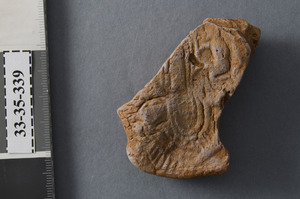
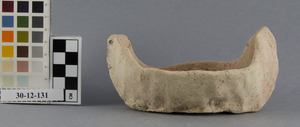
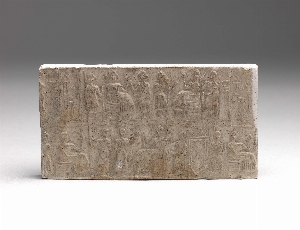
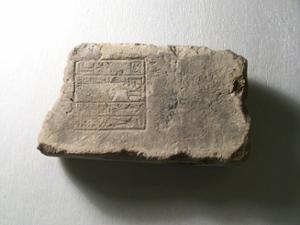
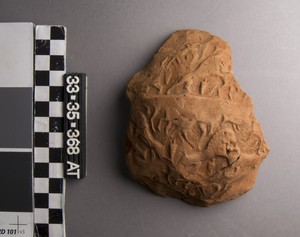
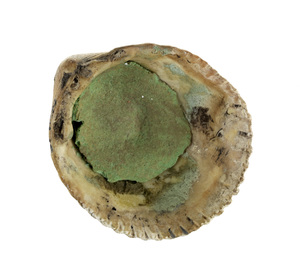
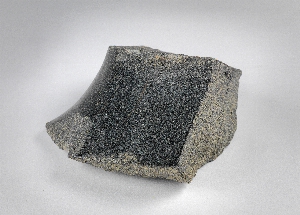
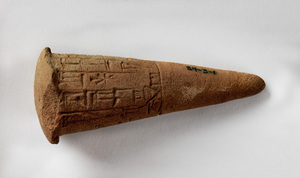

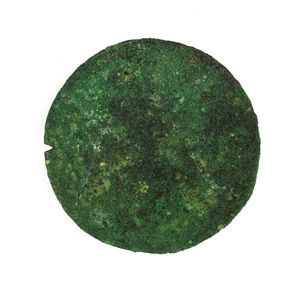
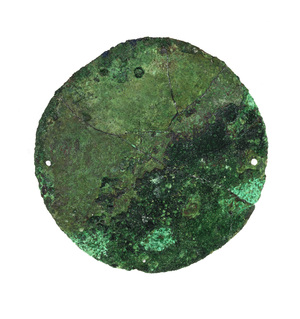
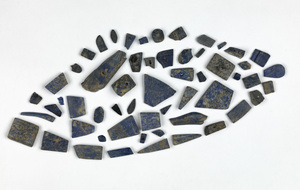

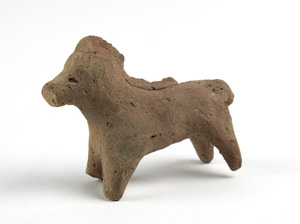

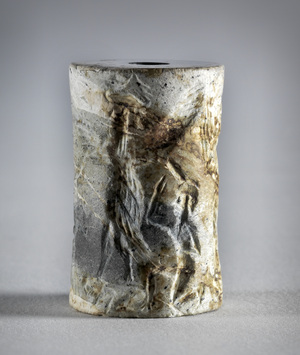
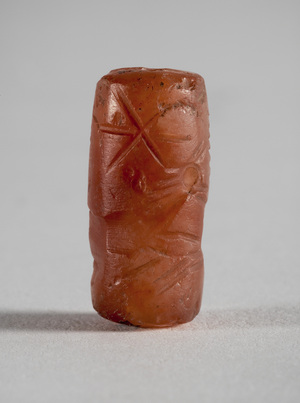
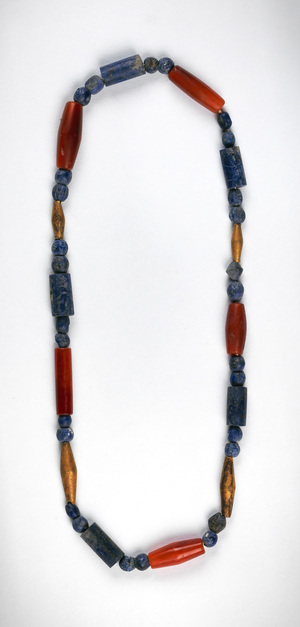
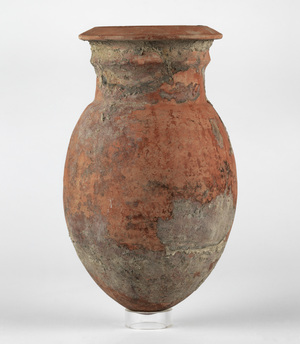

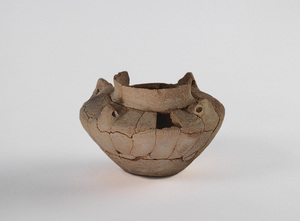
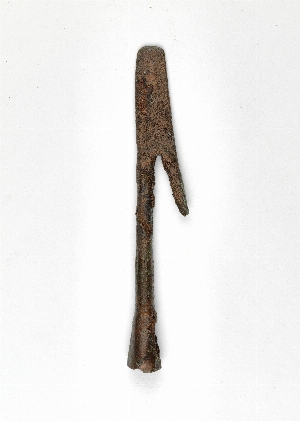
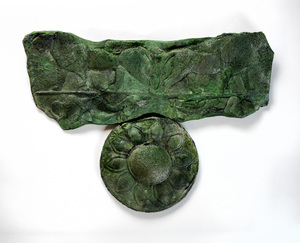
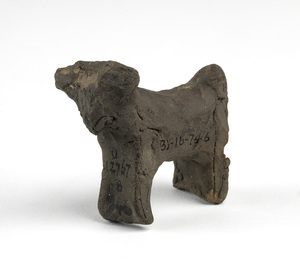
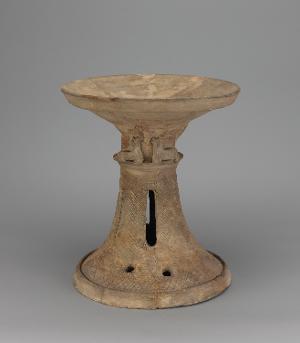
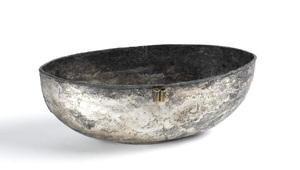
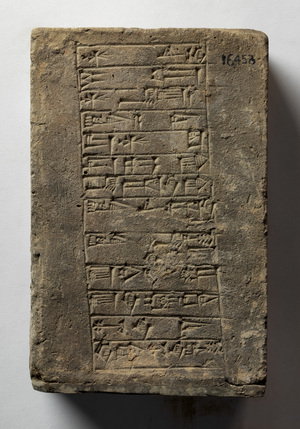
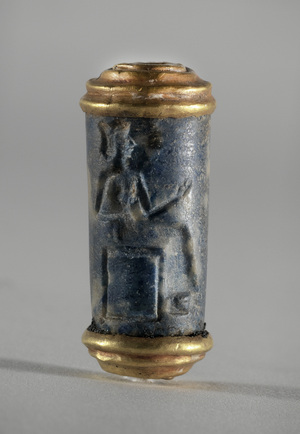
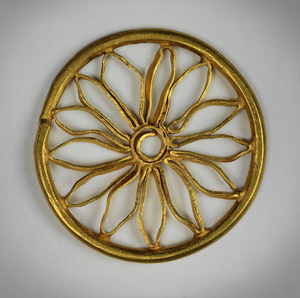
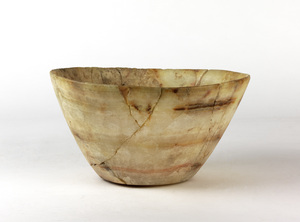
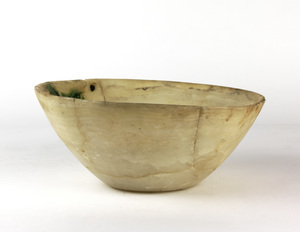
1 - 30 of 510 Records

